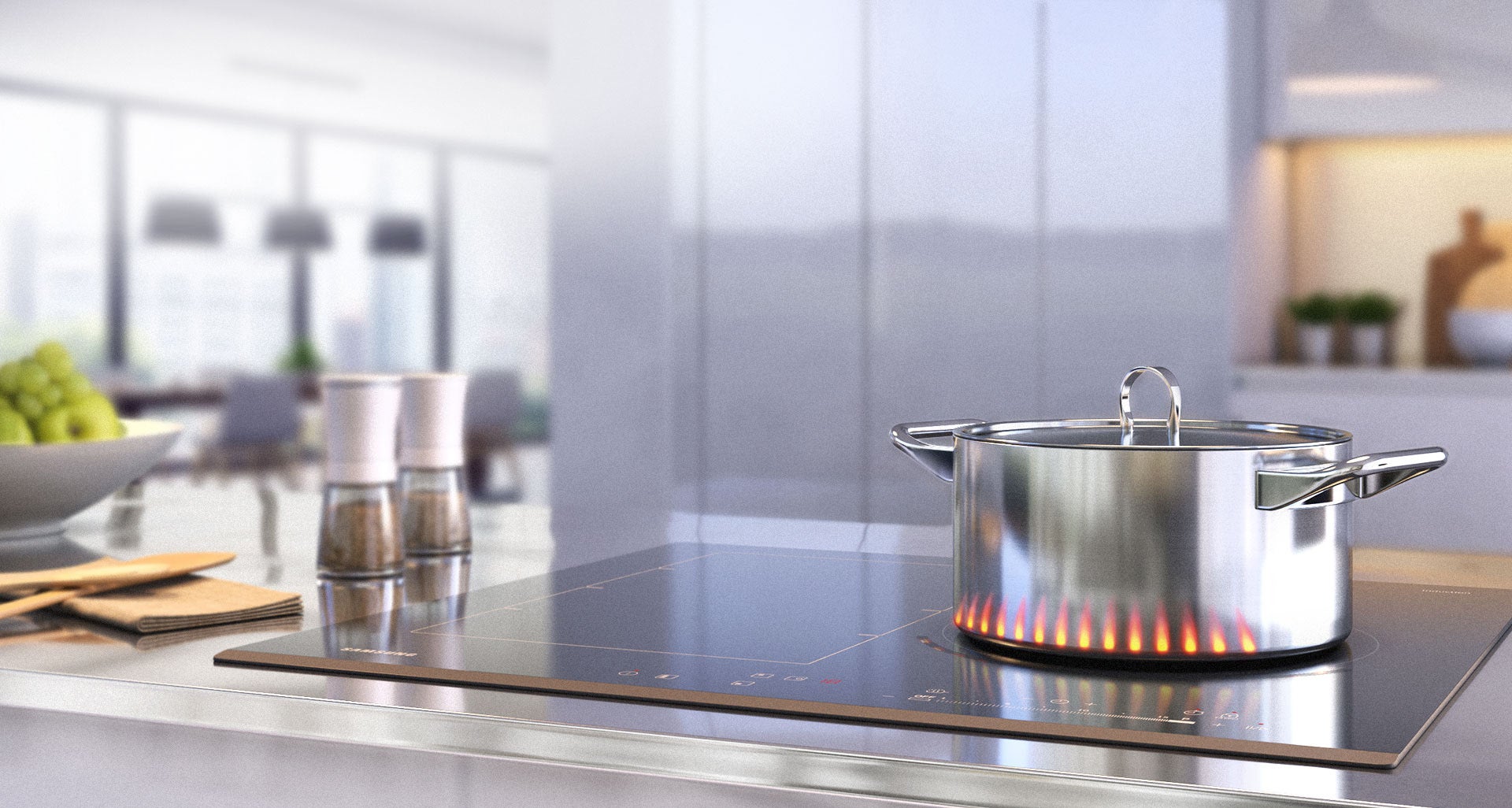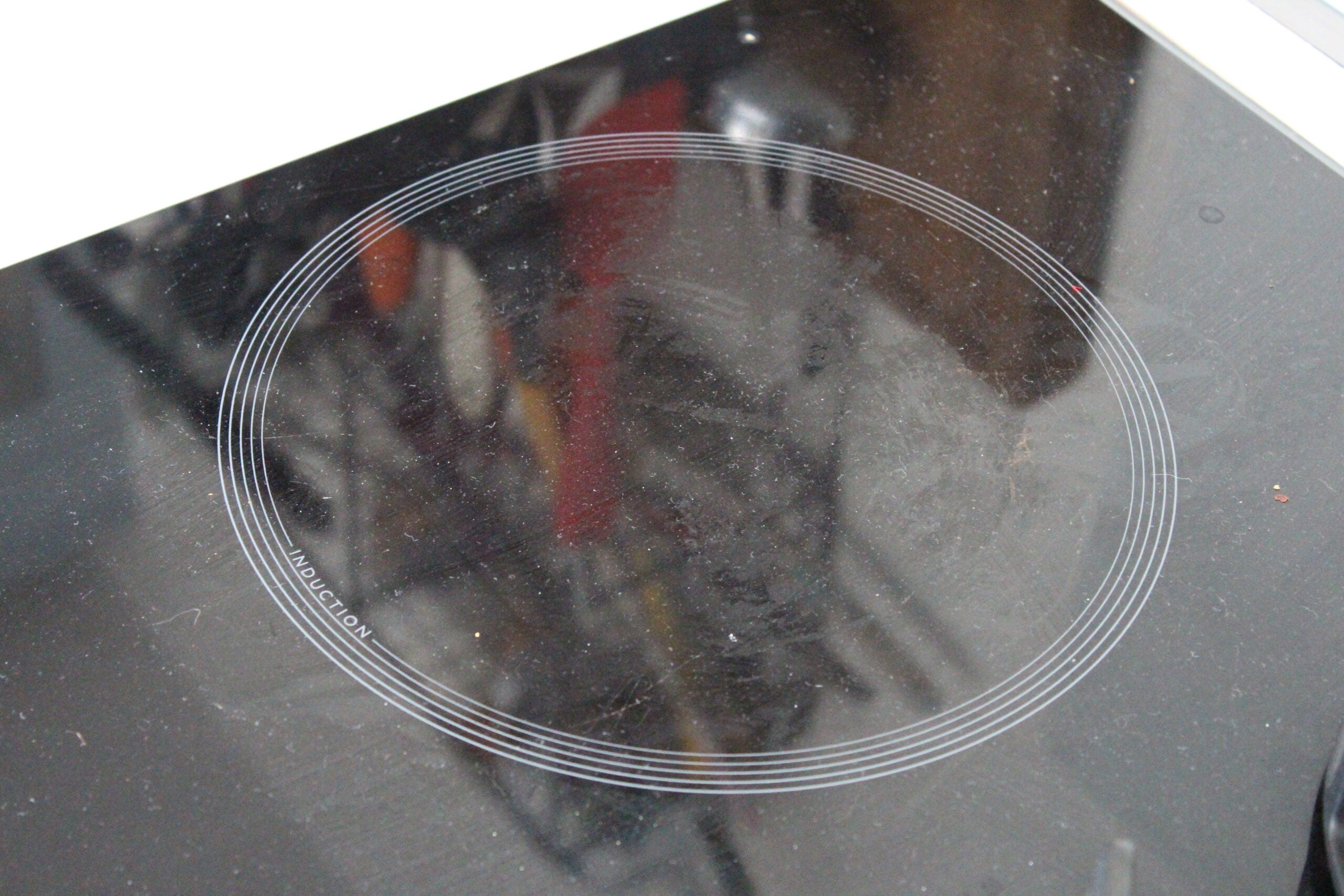How to use an induction hob
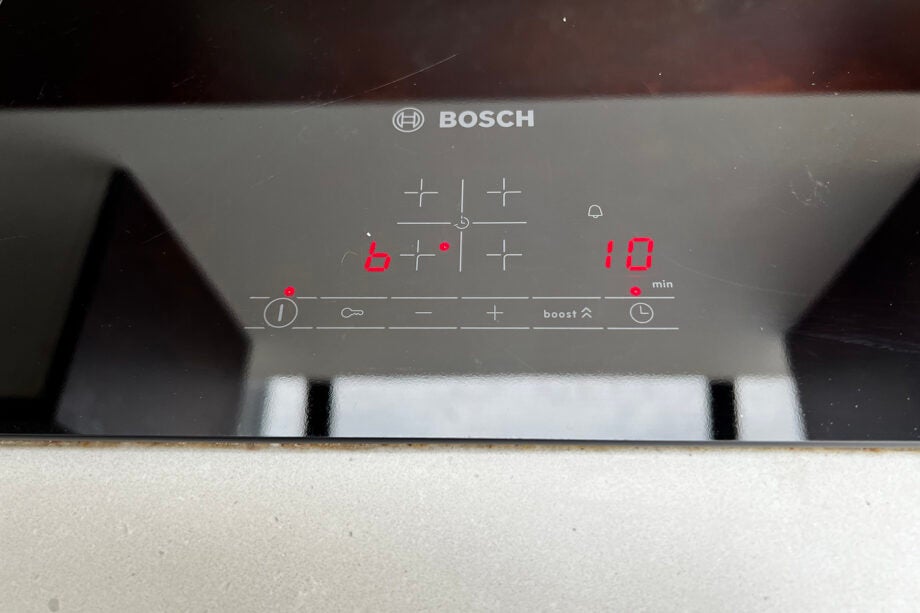
Whether you’re getting to grips with a fancy new kitchen, or have finally been tempted away from your trusty gas flame, it’s well worth acquainting yourself with how induction hobs work, and the best way to cook on them.
Gas and ceramic/electric plate hobs work by using a flame or a heated coil to generate heat that then heats up your pots and pans. Induction hobs work by causing the pots and pans themselves to heat up. They work by using copper coils (also called heating elements) that have an electric current passed through them. When an induction-compatible pot or pan is placed over this copper coil, the electric current causes the pot or pan’s electrons to undergo a lot of friction at a molecular level, causing the metal of the pan itself to heat up.
As a result, if you turn on an induction hob but don’t place a pot or pan on top, the hob’s surface will never get warm. It’s only when you put a compatible pot on top of the coil, that the heating magic happens. As a result, they’re incredibly efficient, with far, far less wasted heat compared to gas and ceramic/electric hobs.
This is just one reason why many professional kitchens have switched to induction hobs, as the entire kitchen is far cooler than a sweltering gas hob-laden alternative. Lastly, Induction hobs also get hotter, and are also much faster to heat up, with even temperatures across the whole pot or pan.
One thing to bear in mind is that not all pots and pans work with induction hobs. You’ll need cookware that’s magnetically conductive and ferromagnetic, with a flat base for maximum contact. A test most people use is to check a pan’s base with a fridge magnet. If it sticks you should be good to go, but it’s obviously best to look out for induction-compatible labels when you’re shopping for new pans.
What we used
The steps below should cover both built-in and portable induction hobs, though it’s always best to double-check your manufacturer’s manual for specific instructions.
The short version
- Place pot or pan on hob
- Turn on hob ring
- Adjust heat and cook
- Remove pan from hob
Step
1Place pot or pan on a burner
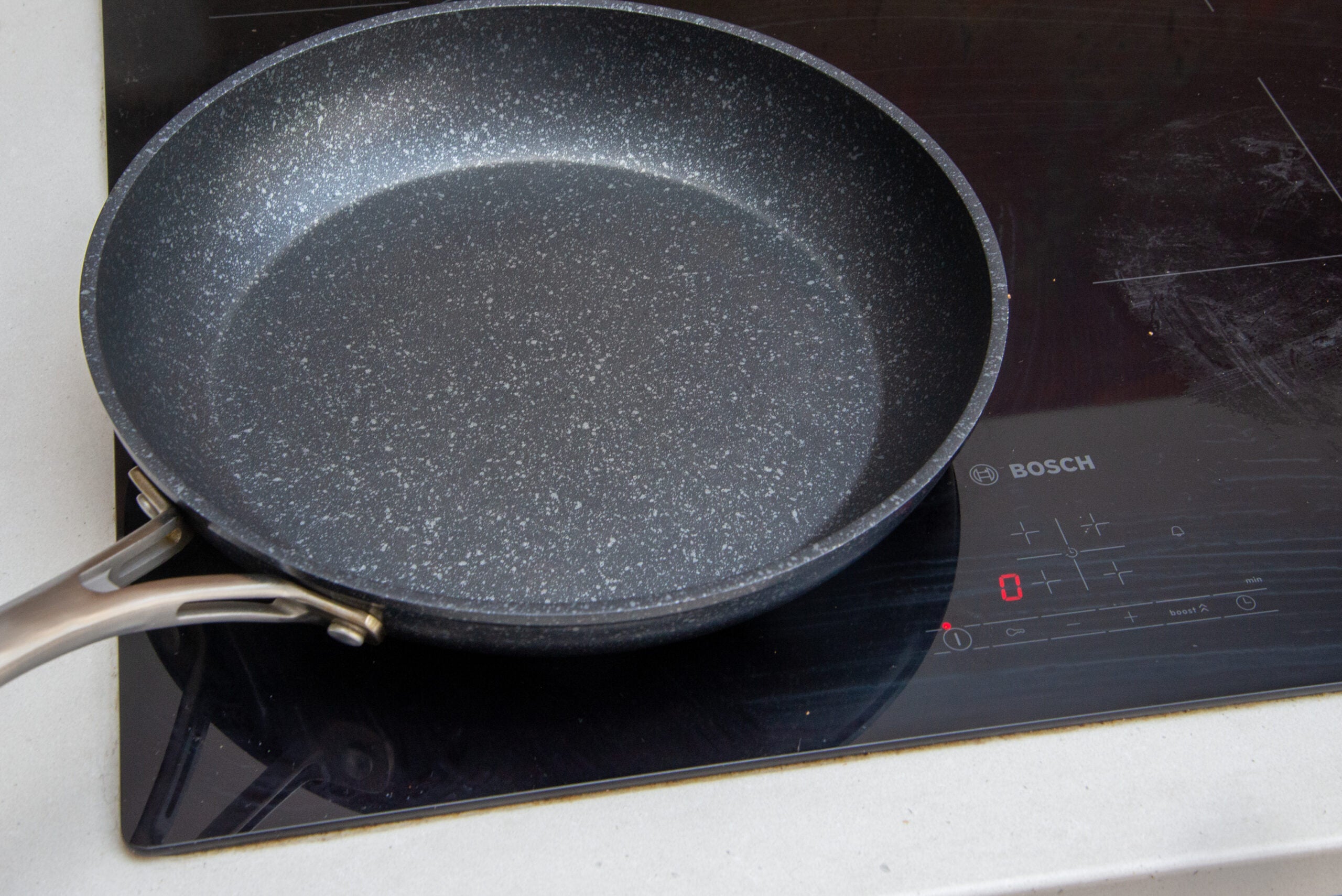
Although you can turn an induction hob on without having a pot on it, you won’t be able to do anything. Induction hobs will only work if they detect a compatible pan on them. First step, then, is to put the pan on a burner.
It’s important to choose the right size burner for your pan. For maximum efficiency, and to ensure that your pan is heated evenly, you should find the burner closest in size to your hob. Your hob’s instruction manual will give you minimum and maximum pan sizes for each burner.
If you’ve got a hob with flexible zones, you may need to lay a large pan across multiple zones.
Step
2Turn on hob ring
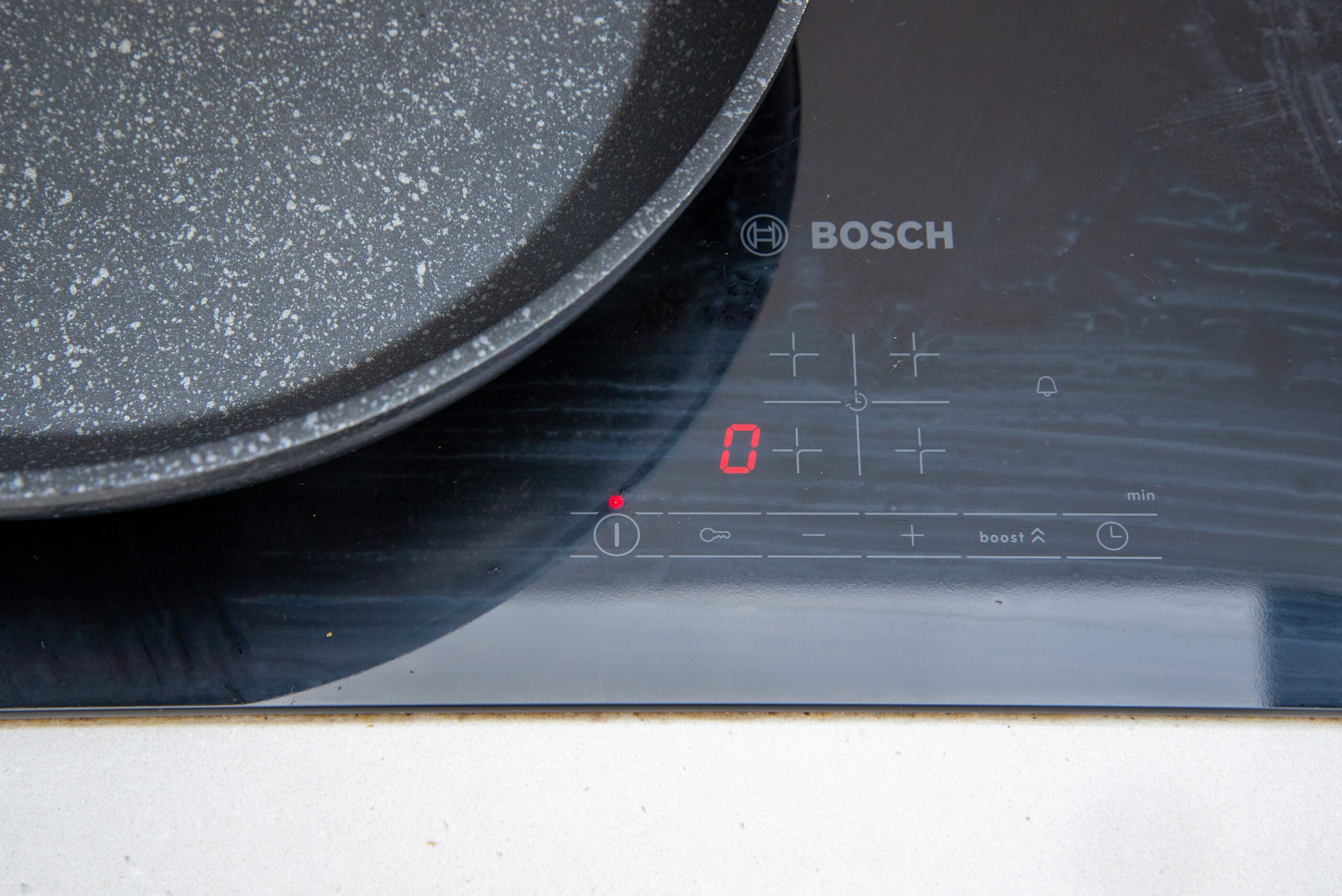
Press and hold the power switch on the hob. This will turn on the hob in general, but not the specific ring you’re planning to use. For that, you’ll want to locate the controls that correspond to the hob ring you want to use, and turn it on. If your hob has auto-detection, the easiest thing to do now is pick up your pan and then put it back down. This will switch your hob’s controls to that burner.
Instructions differ from hob to hob. Some have individual power settings. Others, like the one we’re using here, has one set of power controls, but you have to first select the hob to control. If you’re using a hob with flexible zones and a large pan, you may also need to join multiple zones together.
Step
3Adjust heat and cook
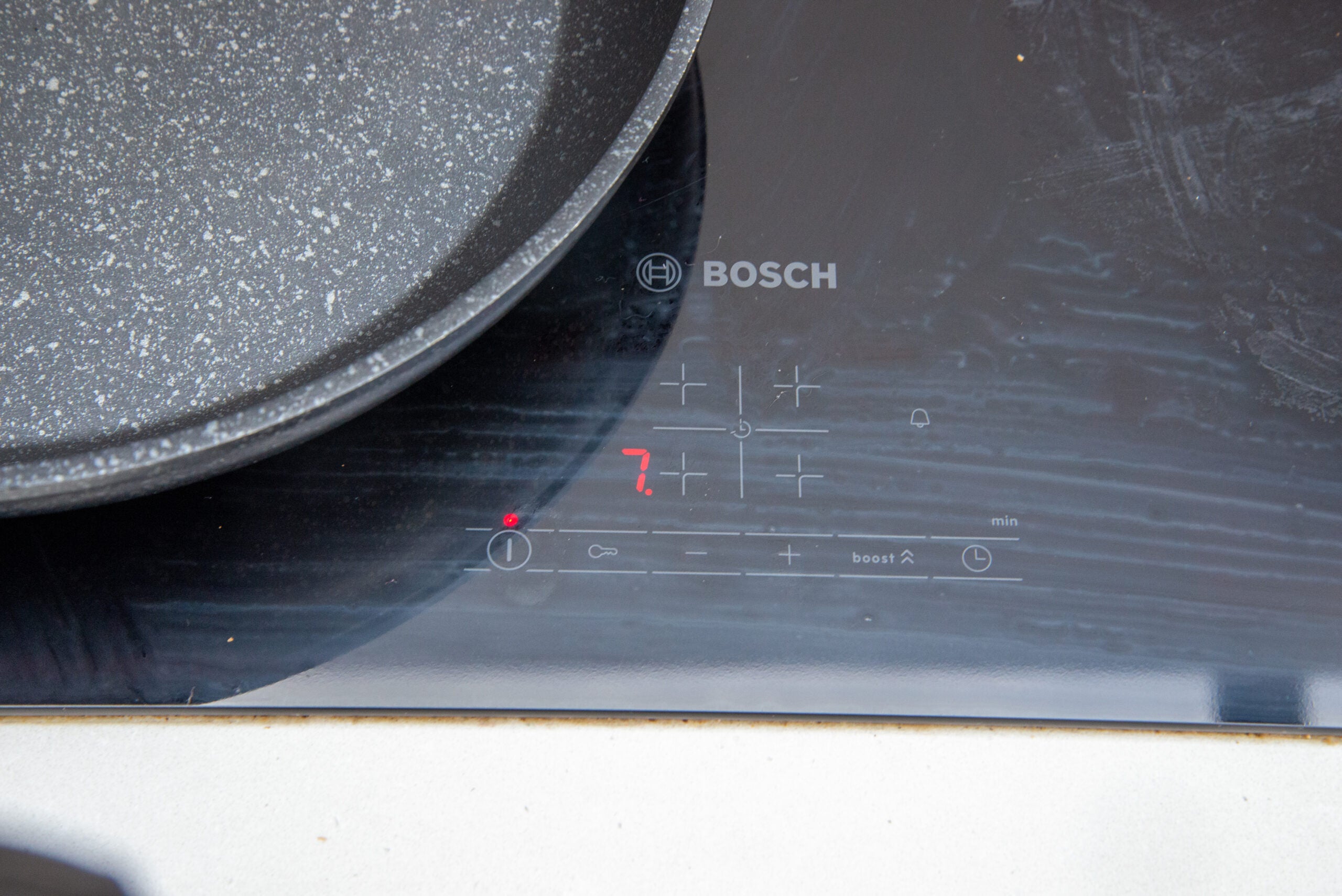
Now that the hob is active, it’s time to cook. Use the controls to set the heat level you want. Most hobs go between zero (off) and nine (maximum), although some hobs also have half steps. Most hobs will have a power boost mode, too. This uses even more power and is designed for boiling water fast. Note that hobs have a maximum power rating, and using the power boost setting on one burner may reduce the maximum setting available on other burners.
Unlike a gas hob where you can see how much heat you’re dishing out, you need to trust that an induction hob is doing it’s thing, so you have to trust in the power level settings. As induction hobs can raise pan temperatures to around 350C (gas tends to max out at 220C), be careful with power settings and never heat a dry pan: make sure there’s liquid or oil.
A hob’s manual will explain what the power settings do, but the top setting (nine and power boost) are for quickly boiling water. A setting around seven or eight is generally for frying, five or six for simmering, and below this is for keeping warm. As it’s the pan that’s actually heated, induction hobs respond quickly to temperature changes.
We recommend that you play it safe to start with, opting for lower power settings. It’s common for people to underestimate induction hobs when they first start using one, resulting in overcooked or burned food. Don’t beat yourself up if it happens, you’ll get the hang of it in no time.
Step
4Remove pan from hob
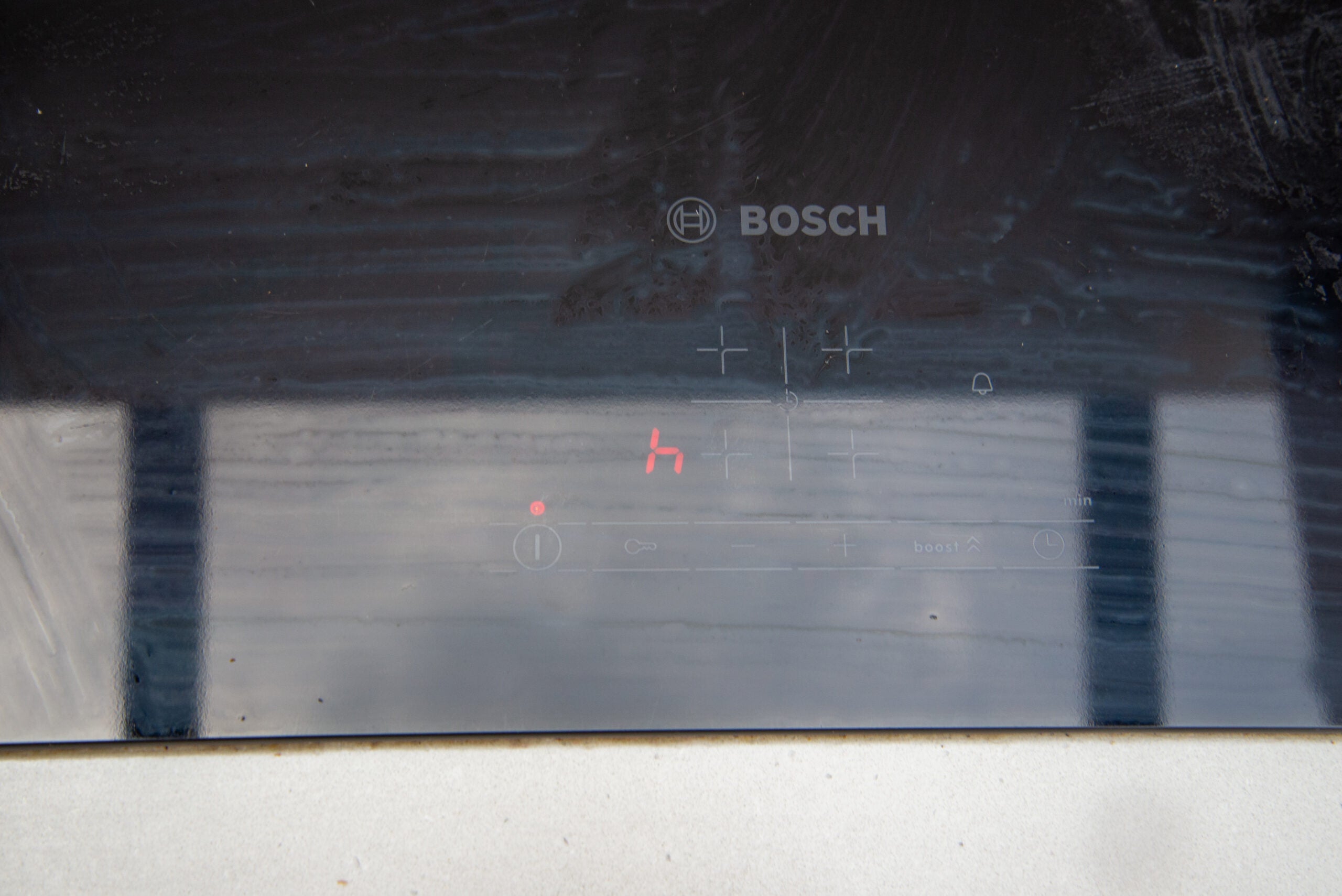
When you’re done cooking, if you pick a pan up, the burner will automatically turn off. Most hobs will flash a symbol warning you that the burner is hot to the touch, and that you should let it cool down. Be aware that most hobs will remember that a pan was recently on them. Within a few minutes (the setting varies by hob), if you put a pan back down, the burner will resume cooking, which may cause you to burn any food left in the pan, or to continue heating an empty one.
When you’re done cooking, either set the pan you were using on a trivet to stop this from happening, but it’s best to turn the burner off, and to turn the entire hob off if you’re finished cooking.
FAQs
Yes, they do. A cast iron pan will take longer to warm, but it will retain heat for longer, so be more careful with heat settings, particularly higher ones. A stainless steel pan is more reactive, heating and cooling faster.

